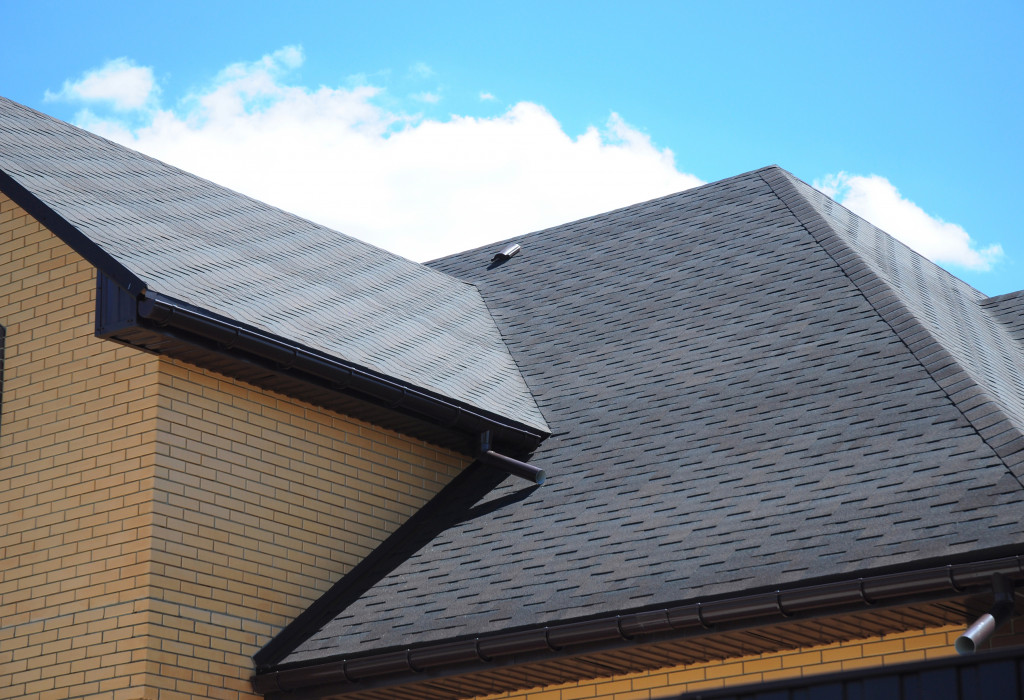You may find it quaint or charming to live in an older home. After all, these kinds of properties sometimes have an air of quiet dignity or a sense of comforting coziness. Whether they’re sprawling Victorian mansions or remote cottages, older homes exude a sort of architectural charisma.
However, they could also be hiding some rather unpleasant hazards. According to experts, millions of British people are in danger from their own homes. These risk factors could be linked to the age of their homes. The United Kingdom’s housing stock is among the oldest in Europe, with approximately 20 per cent of residences built prior to 1919.
Before you consider renting an older property, make sure you’re aware of the following hazards they might harbour:
Asbestos
Asbestos was once a popular fire retardant and was routinely used to make homes safer from fires. Unfortunately, asbestos causes fibrotic lung disease and damages the respiratory system when inhaled. Should someone breathe in enough asbestos, death is a very likely consequence.
Although the substance has been banned from construction usage for more than two decades, it can still be found in homes and other buildings. By one estimate, there are about 6 million tonnes of asbestos lurking within 1.5 million structures in the United Kingdom.
Make sure your older rental property has been thoroughly inspected for asbestos before moving in.
Unsafe Wiring
Electrical components such as wiring and sockets have a limited lifespan, especially if they’re from the last century. The insulation protecting buildings from the danger of exposed wiring is worn down over time. Whether it’s through animals gnawing at, the natural deterioration of the substances or accidental damage accrued over time, sooner or later older wiring becomes dangerous.
Exposed wires can cause electrical shocks, start fires and power fluctuations. Not only can they make your chosen rental property unsafe, but it also makes it deeply inefficient. This is why it’s necessary for older properties to get annual energy performance certificates. These inspections help determine the safety and efficiency of their installations, keeping you and your family safe.
Lead
Lead was once very popular in paint and plumbing, particularly for smaller pipe networks. Lead piping has been banned since the 1970s, but houses built before this time could still have installations and paint made from the metal.
When used as piping, lead can leach into the water and your system. Lead build-up has some terrible effects on the human body. It’s known for its negative effects on the mental development of children or infants.
If you are going to rent a property that was built before 1970, it’s very likely there’s lead in its pipes. Hire a contractor to investigate the matter and bring it up with your landlord.
Structural Damage

The passage of time wears down all things, even the strongest homes. The older a home, the more damage it has sustained. The weather can take its toll on important structural features such as the roof or their support beams. Termites can undermine the integrity of the walls and floors. Even the ground itself can deteriorate over time, either settling and damaging the foundations or liquefying from accumulated water.
All these damages can be very expensive to repair, even by your landlord. If you detect significant structural damage on an older rental property, consider looking for other prospects.
New homes can be just as warm and dignified as older homes. But if your heart is set in renting an older property, make sure it’s a safe and comfortable place for you to call home.







